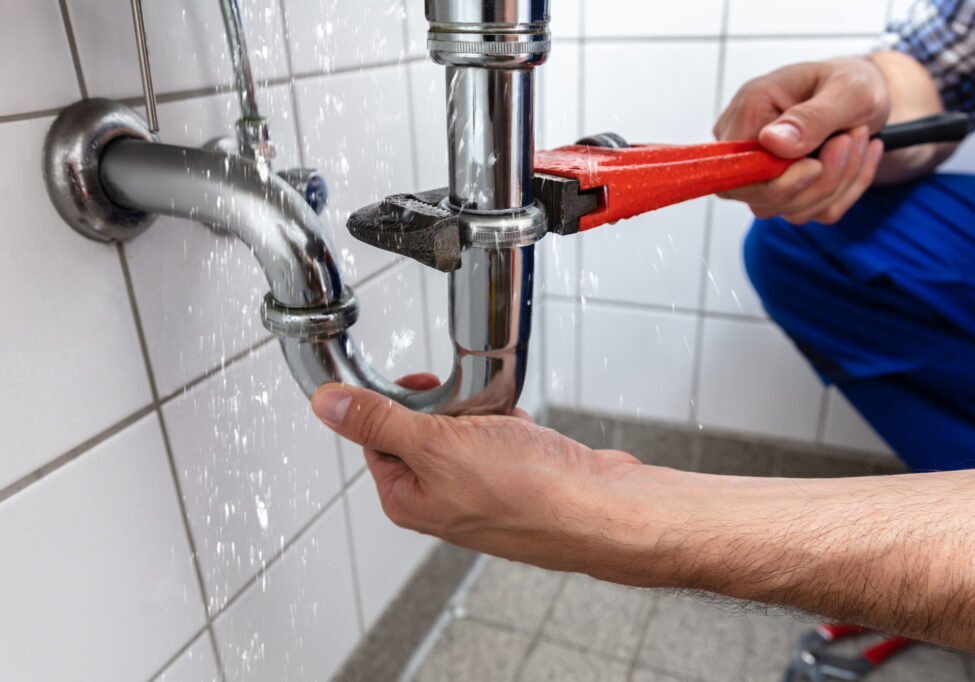A Complete Guide to Cable Carrier Systems

Manufacturers recognize the dangers of downtime today. Planned downtime can do harm to a company, although it is needed to complete tasks such as equipment maintenance. Unplanned downtime because of equipment failure, labor shortages, or supply chain issues is more worrisome.
When this downtime occurs, it leads to a reduction in revenue and profits. It might also lead to strained relationships with clients and the loss of contracts. Sadly, workplace accidents increase significantly when production ramps up or shuts down, so business owners need to avoid interruptions in production whenever possible. Choosing the right cable carrier system for machinery helps minimize these interruptions.
Why is the Cable Carrier of Great Importance?
The right cable carrier system increases machine safety while reducing operating costs. The cables and hoses last longer when the right carrier is selected. Most hoses and cables used in industrial systems work to transfer energy, fluid, and data from a fixed source to one that is in motion. They must be guided when doing so. Furthermore, there must be some protection from external sources or the hoses and cables may sustain damage. The cable carrier system both guides and protects the hoses and cables.
What is a Cable Carrier System?

A cable carrier system is a structure that houses the cables and hoses of industrial machinery. This structure helps the cables and hoses travel to where they are needed while extending the lifespan of these components. Many types of cable carrier systems are offered today. Some are open-style chains, while others fully enclose the cables and hoses in tubes. Furthermore, manufacturers use different materials when constructing these systems.
When searching for a system, it’s important to know they go by several names. The manufacturer might refer to them as cable carriers, drag chains, or CAT tracks. However, some suppliers sell them as cable tracks or energy chains.
Selecting a Cable Carrier System
When choosing a cable carrier, a person should keep a few guidelines in mind. First and foremost, the specific application must be taken into account. The buyer must know how far the cables and hoses will travel, how many there are, and their sizes and weights. They must also consider the speed at which the cables and hoses travel along with the acceleration.
Will the cables and hoses be exposed to excessive heat, chemicals, or debris? If so, this will impact the choice of carrier system. Open carriers make it easy for workers to access the cables when needed. They can monitor the hoses and cables when this system type is used. Closed carriers protect the cables and hoses from environmental contaminants that can damage them and lead to downtime.
In fact, environmental conditions play a major role in which system should be purchased. Enclosed carriers are needed in those environments where dirt and contaminants are frequently present. Open carriers, however, weigh less and make it easy for workers to inspect and replace cables when needed.
The Bend Radius
When purchasing a cable carrier system, a person must take into account the bend radius. To measure this radius, a person begins at the center of the curve loop. They then measure the distance from this point to the pivot pin center located on the side link.
The cable is put under less stress when the bend radius is larger. This means the cable will last longer. For this reason, manufacturers must choose a radius that is larger than the cable’s recommended minimum bend radius. When choosing this radius, also take into account any media included in the fill package. The only exception to this is when there are space restrictions that must be considered.
Every cable carrier comes with a predetermined radius stopping point. The stopping point is found on each link. When several links are combined, the stopping points work to stop the carrier from pivoting completely. Each carrier also comes with multiple bending radii. The manufacturer provides information about the recommended bend radius. The user determines which cable or hose has the largest diameter and chooses the bending radius for this cable or hose. By choosing a bend radius that is significantly larger than called for, the company can extend the life of the cables and hoses.
Rules for Choosing a Bend Radius
- Avoid exceeding the minimum bend radius recommended by the manufacturer. Use the largest radius possible while remaining within the manufacturer’s guidelines.
- NFPA 79 2007 provides the following guidelines when the recommended minimum bend radius is not known. Flexible cables that may move when in use need to be supported to ensure they don’t sharply flex. In addition, there should be no mechanical strain at the points where the cables connect. If a loop is used, the bending radius of the cable must be ten times its diameter or greater.
- Use the largest bend radius possible to reduce stress on the cables and hoses. Doing so extends the service life of the cables and hoses.
- One of the things a manufacturer must consider when determining the minimum bending radius is the flexing temperature range. In those situations where the environment will reach or exceed the cable’s temperature rating, special consideration is needed. Low-temperature applications that make use of thermoplastic cables are a good example of why this is important. They will become stiff if they are exposed to cold temperatures. When the cables stiffen, the radius of the cable carrier rises, increasing the risk of a mechanical failure. To avoid this, the manufacturer must choose a cable equipped with a low-temperature rated TPE or PUR jacket.
- Certain applications are hindered by extreme space restrictions. In these cases, the bend radius may be smaller than recommended, an issue that cannot be avoided. To compensate for the reduced bend radius, select a cable designed specifically for these situations or work with the carrier manufacturer to come up with a viable alternative.
Planned downtime is always easier to manage than equipment failures. Take time today to evaluate the existing cable carrier system and see if changes are needed. Upgrading the system can extend the lifespan of essential equipment while reducing the risk of unplanned downtime. Proactive measures always benefit a company, so complete this inspection today. Your company cannot afford any delays.





